It’s been a few months now, but in July I had the chance to witness the destruction of one of Buffalo’s concrete grain elevators. Written about 30 years ago by Reyner Banham, and in the early part of the 20th Century by Corbusier and other European Modernists, the grain elevators on the Buffalo River are one of the world’s most important intact architectural landscapes. While many are currently sitting unused, their solid construction allows them to maintain their imposing presence even as windows get broken and their metal fittings rust.
I was initially alerted to the demolition of one of Buffalo’s elevators via the National Trust for Historic Preservation’s website but it was shocking to see the demolition actually taking place. The silhouettes of these structures are so seemingly permanent on the Buffalo landscape it is nearly impossible to imagine them disappearing or being altered, even when I consider all of the other important buildings I saw demolished while living in Western New York.
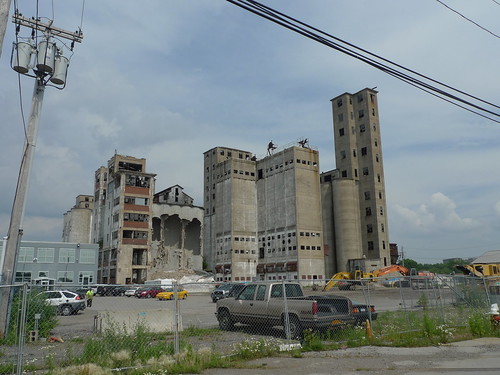
Grain Elevator Demolition, July 2011
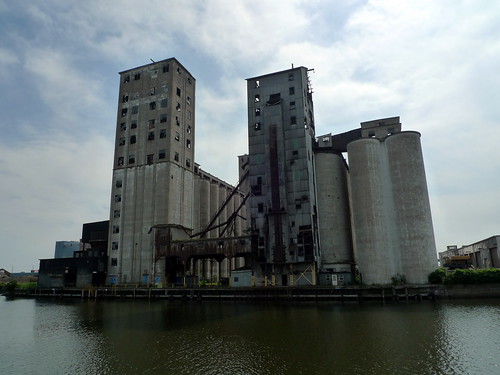
Marine tower adjacent to the Wheeler Elevator, July 2011 (prior to demolition)
Seeing the gaping hole in the outer concrete wall of the building was a shock, knowing how quickly it was being demolished after standing on this site for 101 years. While the elevator complex being demolished is not the most architecturally significant of the structures that line the Buffalo River, the importance of the Buffalo elevators lies more in the complete https://buysoma.net landscape created by lining up a variety of these structures on a narrow river in the midst of an urban neighborhood. As buildings are demolished one at a time, the overall landscape is diminished- a landscape that is a testament to both the industry of the late 1800s and early 1900s and to the history of architecture.
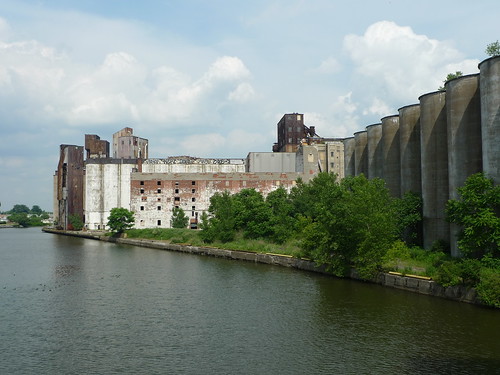
Cargill Electric and American Elevators
The elevators are not all empty, Cheerios are still manufactured here and Gold Medal Flour is still milled in the same building photographed by Erich Mendelsohn in 1924 (one of these is reproduced in Reynar Banham’s Concrete Atlantis). 700+ foot-long lake freighters coming from the west still dock in this port and occasionally make their way through the sharp turns of the Buffalo river, yet the glory days are long over. In 1900 Buffalo was one of the ten busiest ports in the world, despite its inland location and the winter closure of its harbor each year. Now it’s the 28th-largest in the United States.
On a positive note, I did visit a new public park that has been created on formerly industrial land across the river from the under-demolition Wheeler Elevator. By allowing people to enjoy the river and encouraging urban kayaking and boating, I can only hope that the appreciation for this landscape grows in the general public or soon it will be too late.
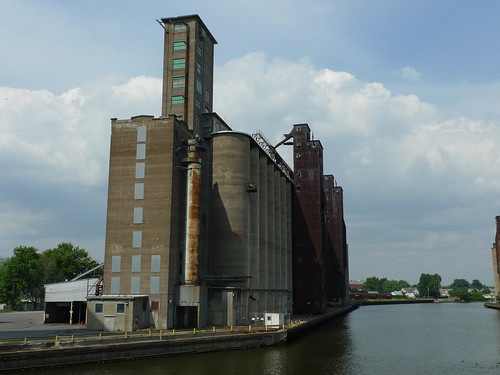

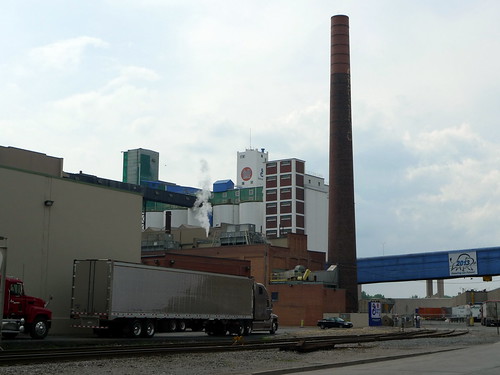
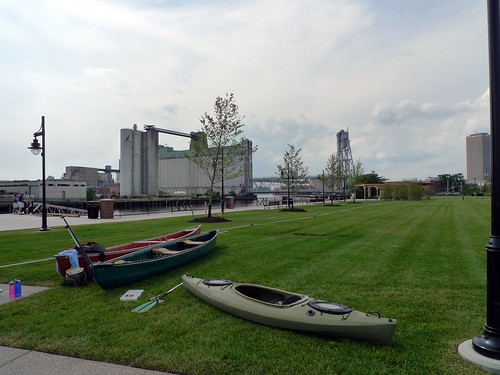
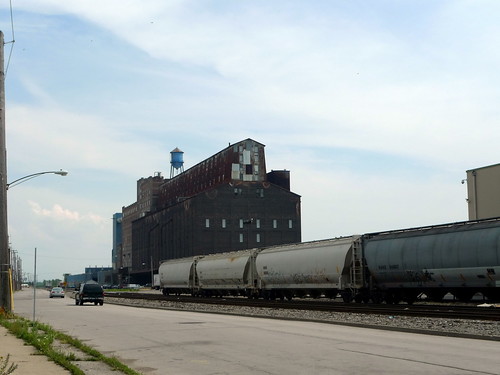
How devastating. I wonder, is there any particular reason that they are being demolished now? Just more surface parking?
Is there no local support (not that that would still the wrecking ball–this still happens to gorgeous buildings in Detroit all the time, I understand).
As you say, their glory is in their mutual composition, more so than their individual grace. Its so sad and shortsighted that we are destroying the great metropolitan atmospheres of this country.
I believe this one was being demolished because the property owner was worried about his liability, since the building was in such poor condition, and he needed more room for equipment storage. There is zero demand for parking around most of the elevators, as they are not close enough to to downtown and are mostly surrounded by other industrial uses. There is some local support to save them but a lot of people still don’t understand why anyone would care about old industrial buildings.
You might be interested in William J. Brown’s book on the subject: American Colossus: The Grain Elevator 1843-1943 (Colossal Books, 2009).
Thanks for your marvelous posting and great pictures! I really enjoyed reading it. I want to encourage you to definitely continue your great job, have a nice day!